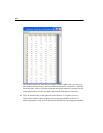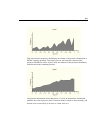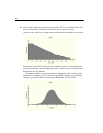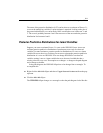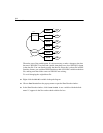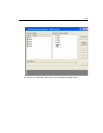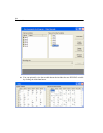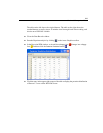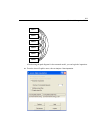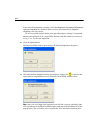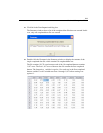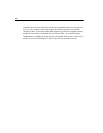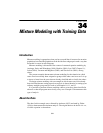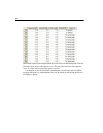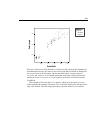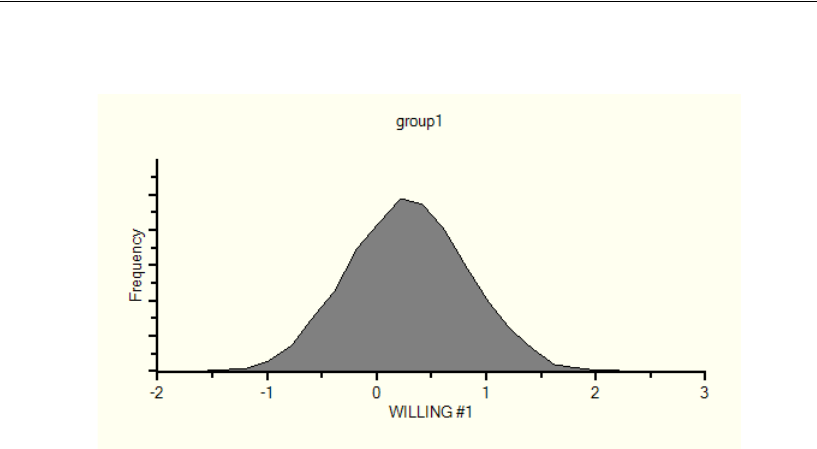
516
Example 33
Imputation
Data imputation works the same way for ordered-categorical data as it does for
numeric data. With ordered-categorical data, you can impute numeric values for
missing values, for scores on latent variables, and for scores on the unobserved
numeric variables that underlie observed ordered-categorical measurements.
You need a model in order to perform imputation. You could use the factor analysis
model that was used earlier. There are several advantages and one disadvantage to
using the factor analysis model for imputation. One advantage is that, if the model is
correct, you can impute values for the factors. That is, you can create a new data set in
which WILLING and AWARE are observed variables. The other advantage is that, if
the factor analysis model is correct, it can be expected to give more accurate
imputations for item1 through item6 than would be obtained from a less restrictive
model. The disadvantage of using the factor analysis model is that it may be wrong. To
be on the safe side, the present example will use the model that has the biggest chance
of being correct, the saturated model shown in the following figure. (See the file
Ex33-c.amw.)



